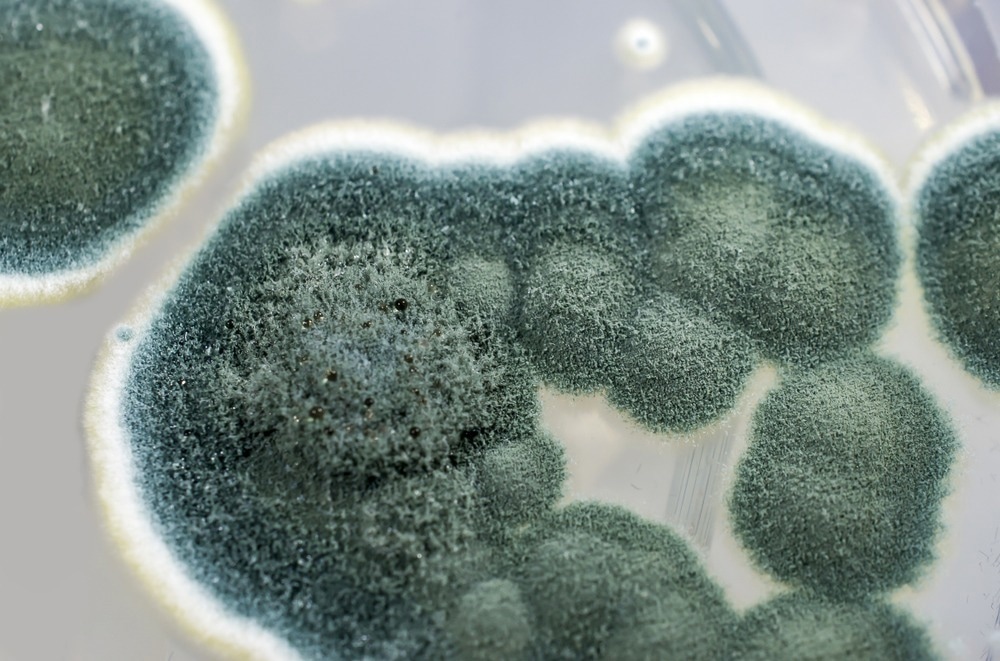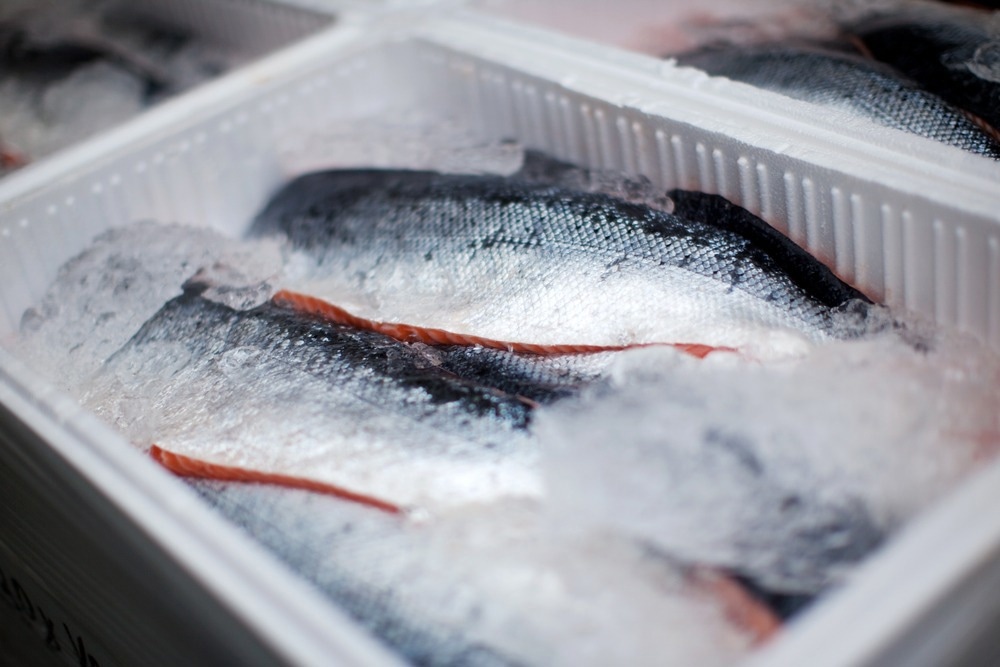Huge quantities of food are wasted due to spoilage on an annual basis, as much as one-third of all that is produced globally. Further, in the face of climate change and other global issues that interrupt food production and distribution, future food security is not assured. Minimizing spoilage is a valuable strategy in optimizing field-to-table yield.

Image Credit: Kateryna Kon/Shutterstock.com
Food is considered spoiled following any change in product quality, in particular where it is no longer suitable for human consumption. Spoilage may originate from a range of physical, chemical, or biological interactions, such as broken packaging, exposure to air, or microbial contamination. Food spoilage is generally obvious upon examination of a spoiled product.
Oxidation of lipids and other compounds in food generates altered color, odor, and taste, and microbial contamination produces similar effects, with changes in pH and the introduction of toxic waste products.
While analytical methods of interpreting early-stage spoilage are available, such as bacterial DNA microarrays, they are impractical to apply repeatedly during food production, delivery, and storage. Therefore, real-time methods of food quality monitoring are desirable, with additional benefits relating to food safety.
What is Smart Packaging?
While "best before" dates indicate the manufacturer's expected lifetime of the packaged food product, they may underestimate its actual lifetime, leading to unwarranted disposal or overestimating, raising the possibility of illness in the consumer.
Packaging that can monitor the condition of food and provide some external indication is termed "intelligent packaging", and detectors for pH, humidity, temperature, specific chemicals, or a wide variety of other parameters have been utilized for this purpose. While the terms are somewhat interchangeable, active packaging is able to act on the food product to extend shelf life and minimize spoilage.
Packaging that combines both of these aspects is termed "smart packaging". Typically, colorimetric methods are employed as these can be incorporated directly into the packaging without external analysis devices and are readily apparent even to untrained users, such as a simple green-red indicator.
Sensors of Chemical Spoilage
Many food products are sensitive to oxidation, and colorimetric sensors based on simple redox chemistry have been developed for this purpose. For example, in a commercially available packaging sensor product, a finely tuned solution of redox dye methylene blue and glucose in an alkaline environment is able to visibly change color upon only 0.1% variation in oxygen concentration, owing to changes in redox potential (AGELESS EYE oxygen indicator).
Similarly, CO2 sensors typically operate based on pH changes. For example, a sensor containing bromothymol blue, bromocresol green and phenol red dyes was produced by Rukchon et al., which appears purple in a CO2-free environment and turns green upon exposure.
Several types of fluorimetric sensors with suitability for food packaging have also been developed, though they typically produce relatively minimal emissions and thus require specialist optics or an extremely intense light source such as a laser to see by the naked eye.

Image Credit: stockfour/Shutterstock.com
Many food products generate specific by-products due to their spoilage, such as amines produced by meat and fish products, including trimethylamine, dimethylamine, cadaverine, and putrescine. Polyaniline-based films have been embedded in packaging, making them useful in detecting adsorbed gasses such as CO2.
By further modifying the surface of polyaniline films, they can be made more specific to other contaminants, such as amines, by doping with TiO2, which provides strong intermolecular interaction. In combination with dyes and other colored components, changes in the electrical potential of the polyaniline film upon adsorption can induce colorimetric shift.
How Do Real-Time Temperature Sensors Work?
Temperature is a key factor in food spoilage, impacting rates of chemical degradation as well as bacterial activity. Most temperature sensors utilize irreversible color changes to indicate that a temperature threshold has been exceeded at some point, such as having thawed and then re-frozen.
Many operate using enzymes, which are inactive while frozen but then, upon thawing, can act upon another component to induce a color change. Alternatively, chemicals capable of crystallizing only below a particular temperature may be exploited.
Rather than only indicating that a critical temperature has been reached, time-temperature indicators provide a complete temperature history of the product.
They often also use enzymes that differ in activity based on temperature and thus produce a greater or lesser intensity of hue depending on temperature. The temporal component of this sensor is imparted using capillaries or absorptive membranes such as simple filter paper, along which the medium containing enzymes and coloring agents spreads at a known rate, leaving the indicative color behind.
The Future of Real-Time Food Monitoring
Increasingly, microelectronics and microfluidic devices that can be incorporated into food packaging are becoming possible, potentially utilizing edible electronics constructed from conductive polymers, largely carbohydrates.
Extreme specificity can also be granted to food packaging sensors using the same technology employed in lateral flow sensors. Namely, gold nanoparticles coated with molecules complementary to the target molecule, which upon binding causes particle accumulation or aggregation, and thus, a visible color shift owing to surface plasmon resonance, and the unique optical properties of gold nanoparticles.
Food degradation or microbial infection can thereby be detected if issues surrounding the collection and delivery of the medium into the sensor in a continuous manner can be overcome.
References and Further Reading
Dodero, A., Escher, A., Bertucci, S., Castellano, M., & Lova, P. (2021). Intelligent Packaging for Real-Time Monitoring of Food-Quality: Current and Future Developments. Applied Sciences, 11(8), 3532. https://doi.org/10.3390/app11083532
Saini, R. V., Vaid, P., Saini, N. K., Siwal, S. S., Gupta, V. K., Thakur, V. K., & Saini, A. K. (2021). Recent Advancements in the Technologies Detecting Food Spoiling Agents. Journal of Functional Biomaterials, 12(4), 67. https://doi.org/10.3390/jfb12040067
Beygisangchin, M., Abdul Rashid, S., Shafie, S., Sadrolhosseini, A. R., & Lim, H. N. (2021). Preparations, Properties, and Applications of Polyaniline and Polyaniline Thin Films—A Review. Polymers, 13(12), 2003. https://doi.org/10.3390/polym13122003
Disclaimer: The views expressed here are those of the author expressed in their private capacity and do not necessarily represent the views of AZoM.com Limited T/A AZoNetwork the owner and operator of this website. This disclaimer forms part of the Terms and conditions of use of this website.